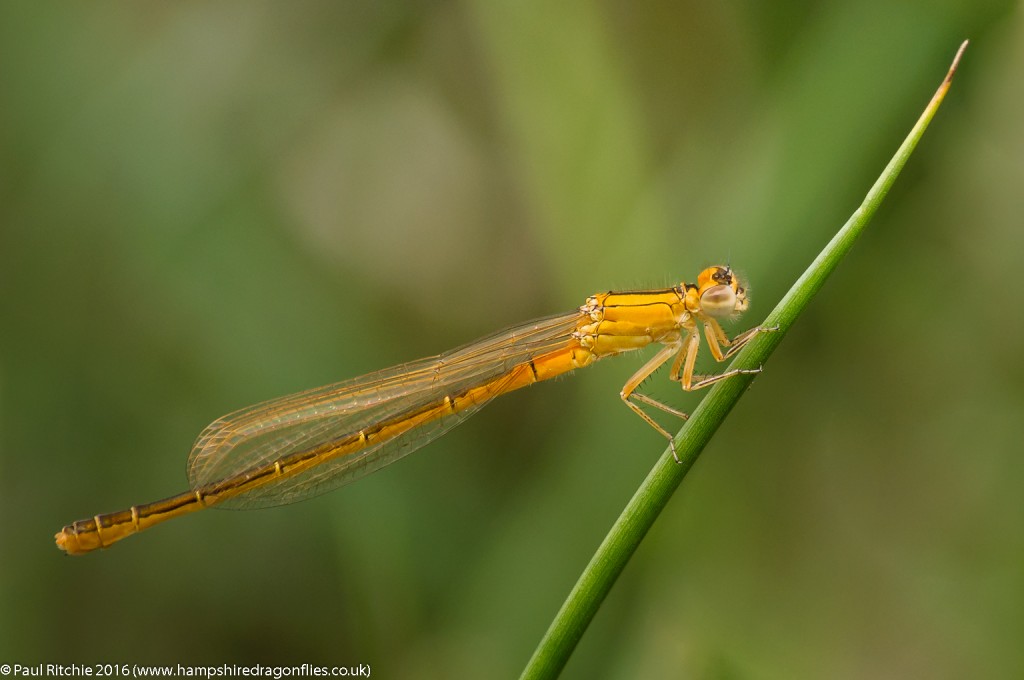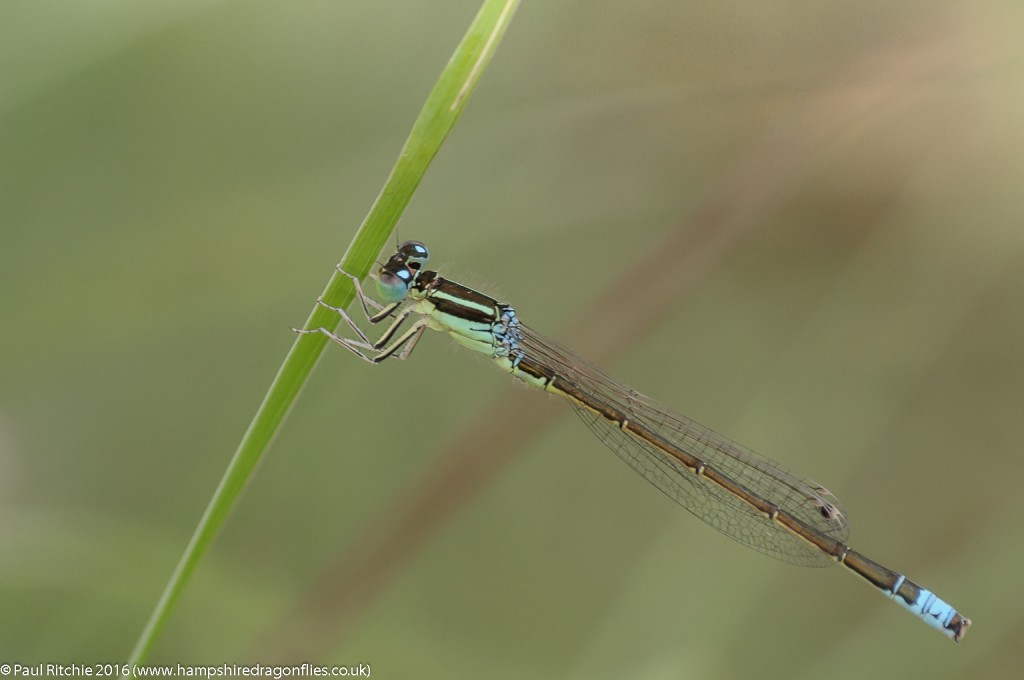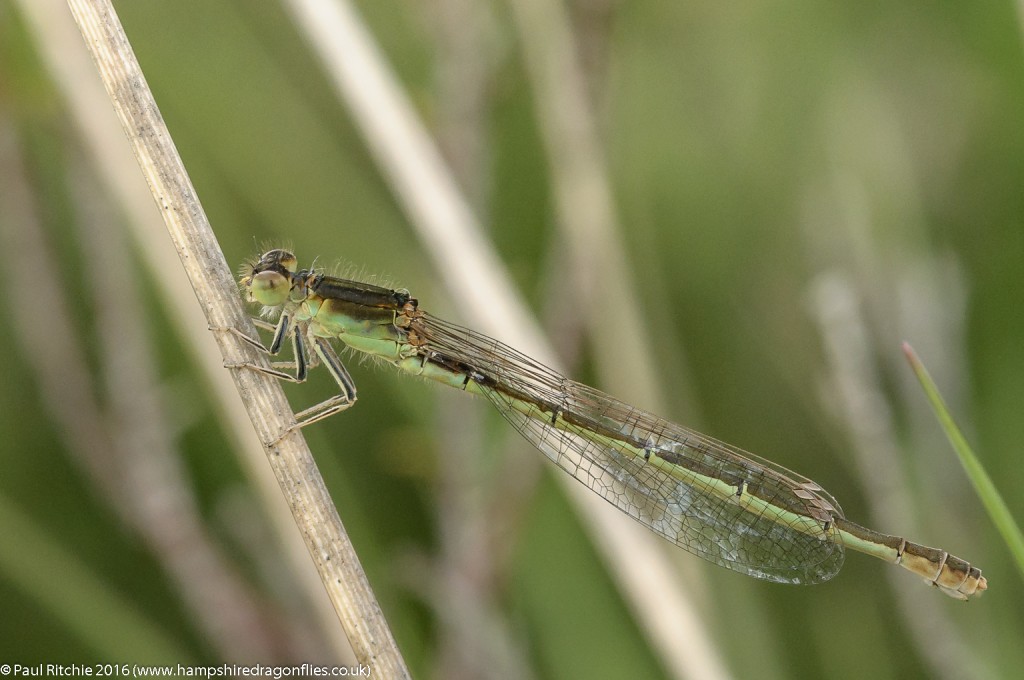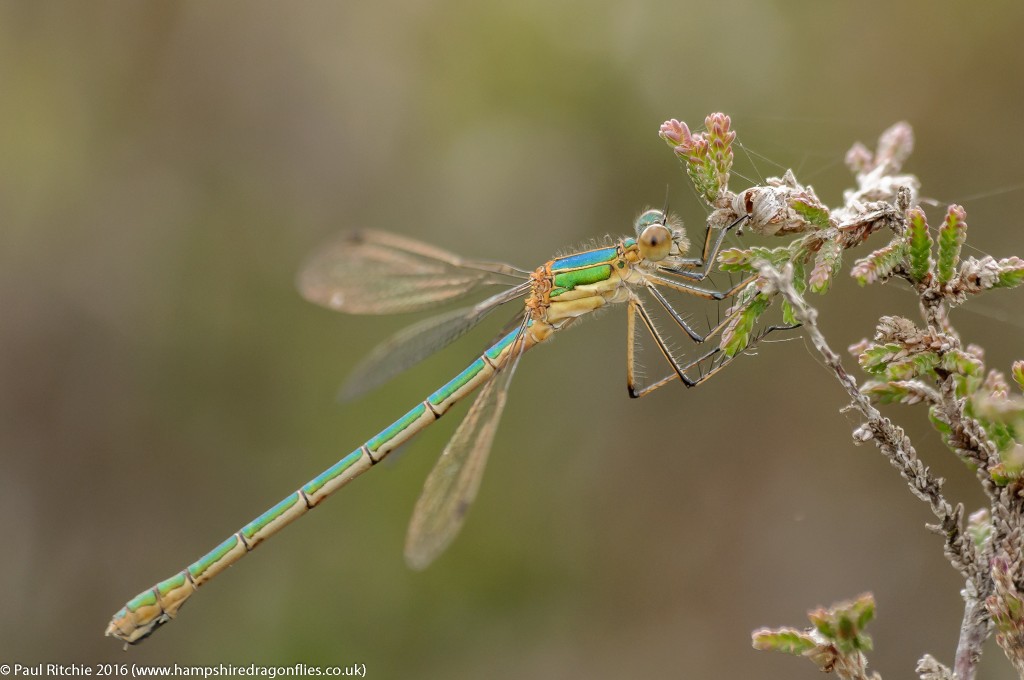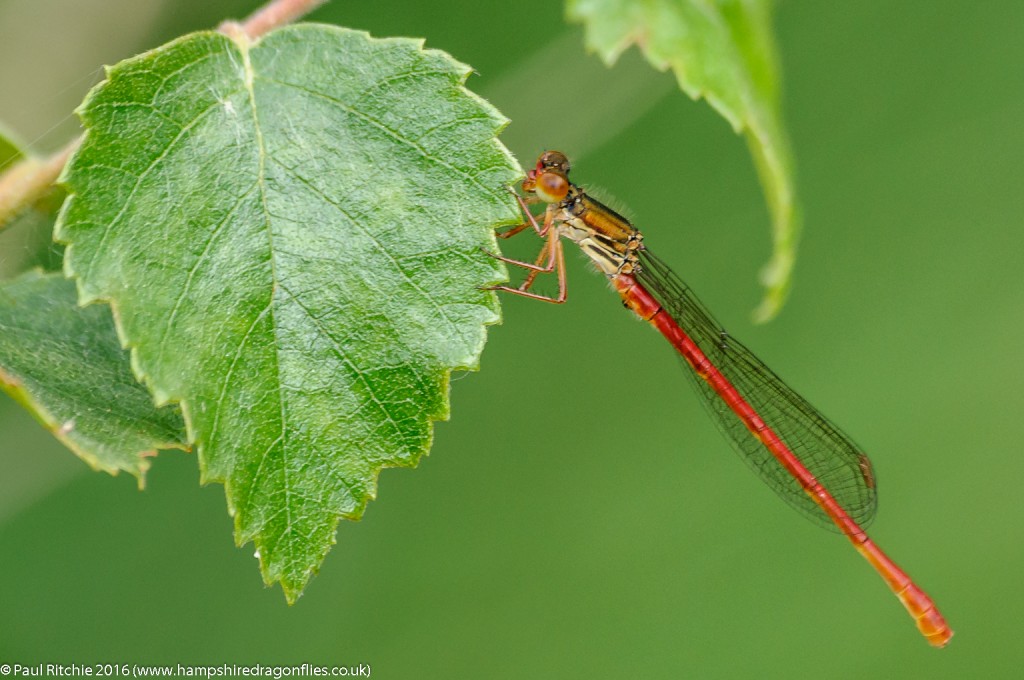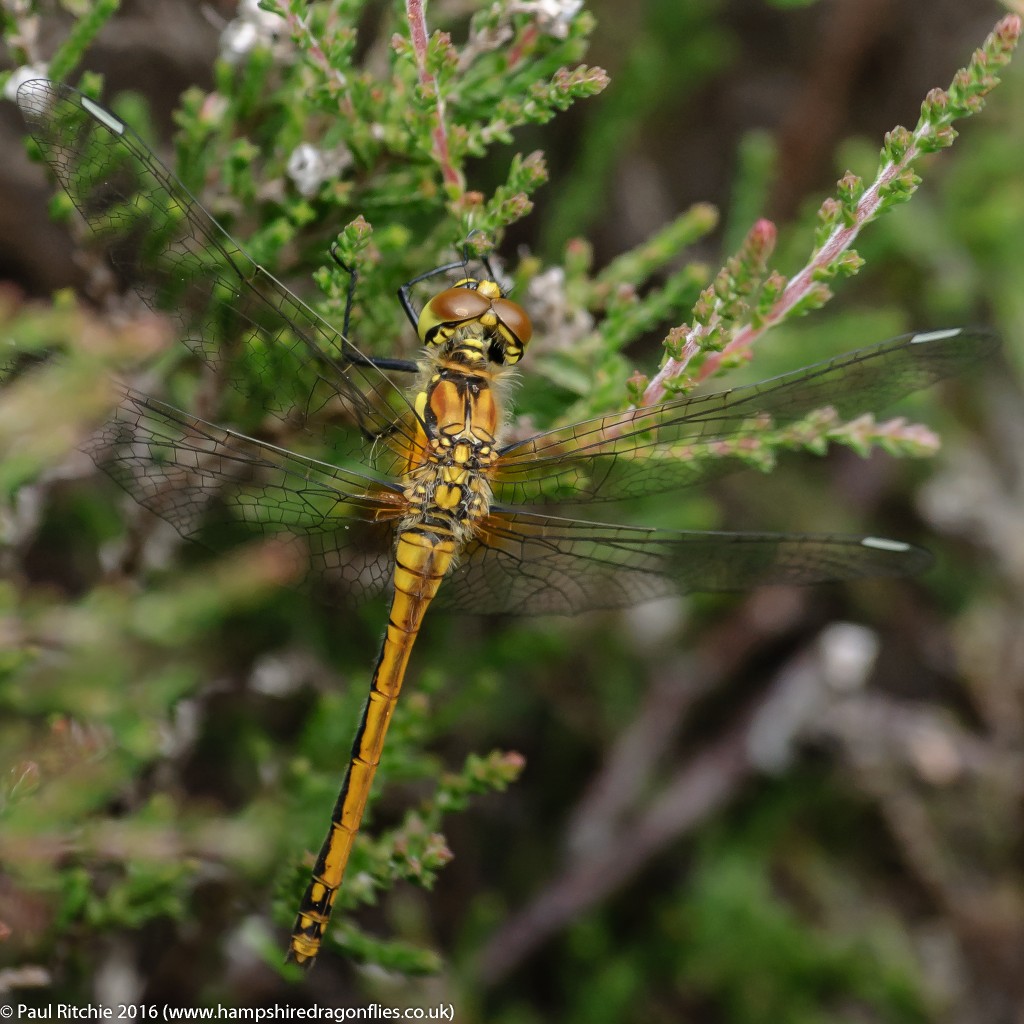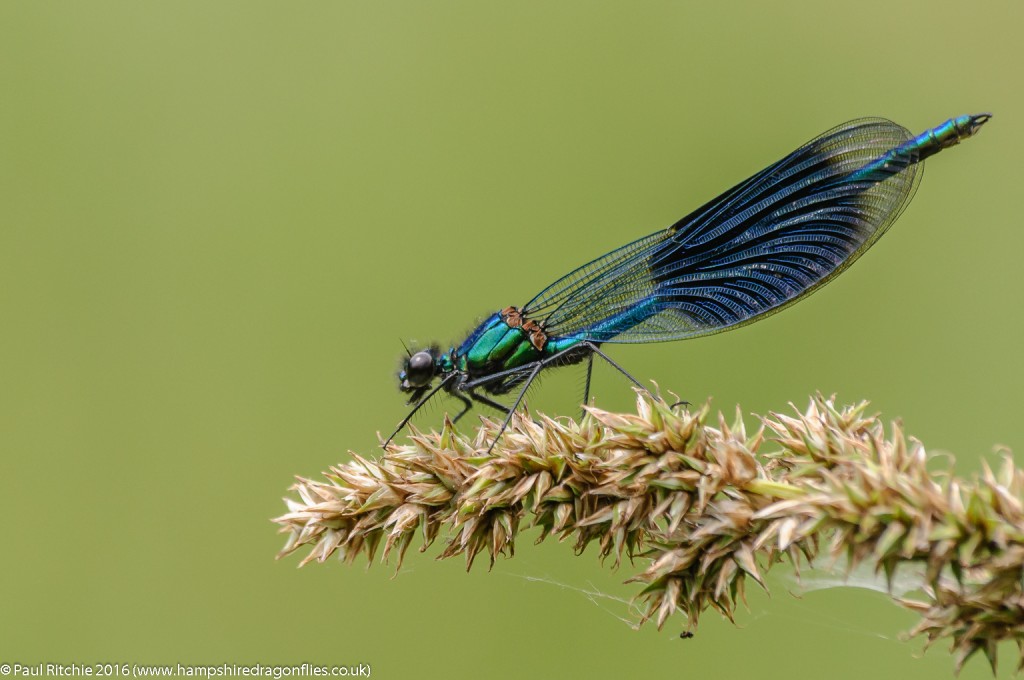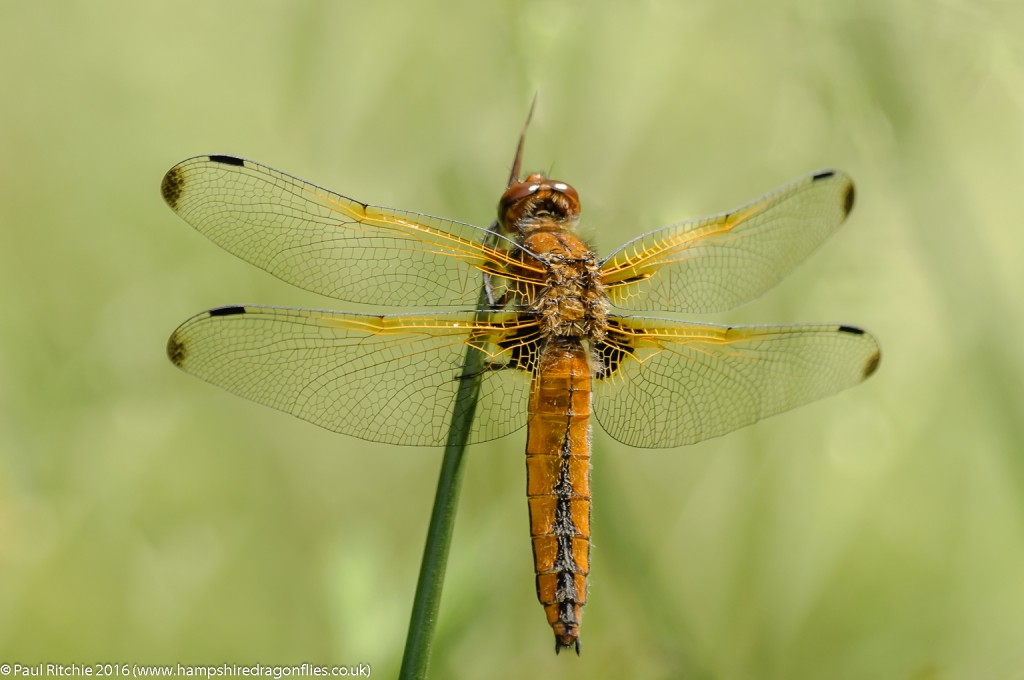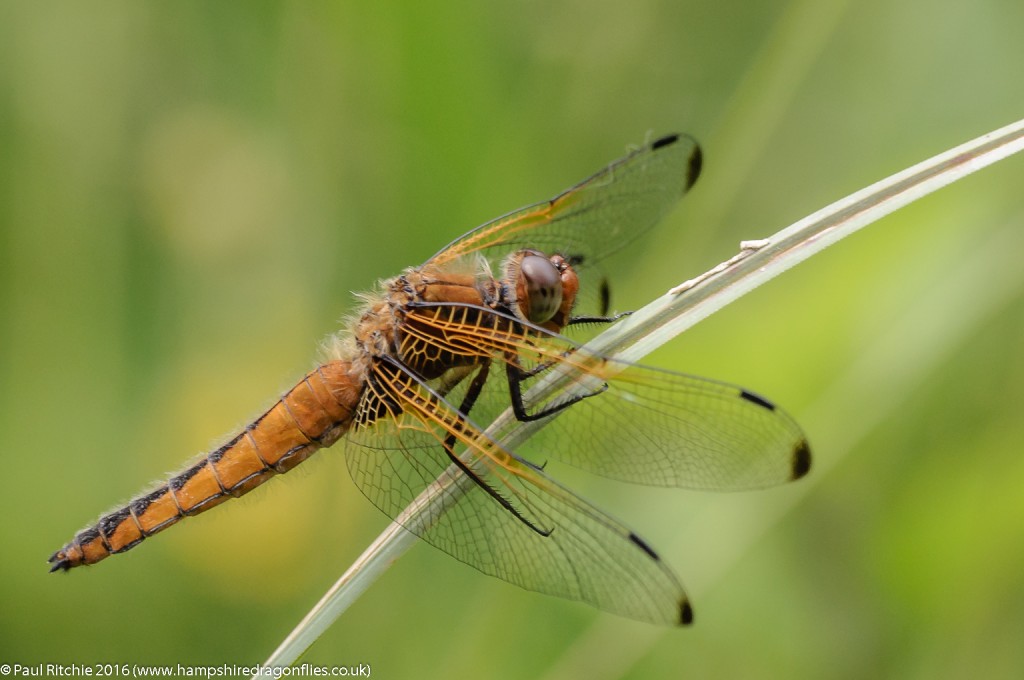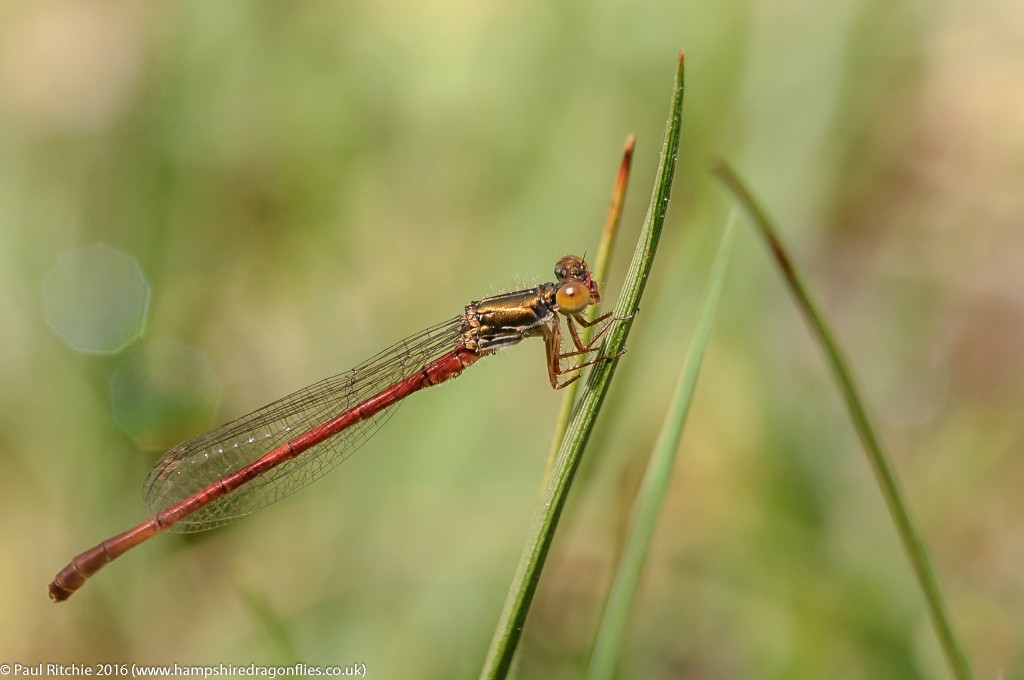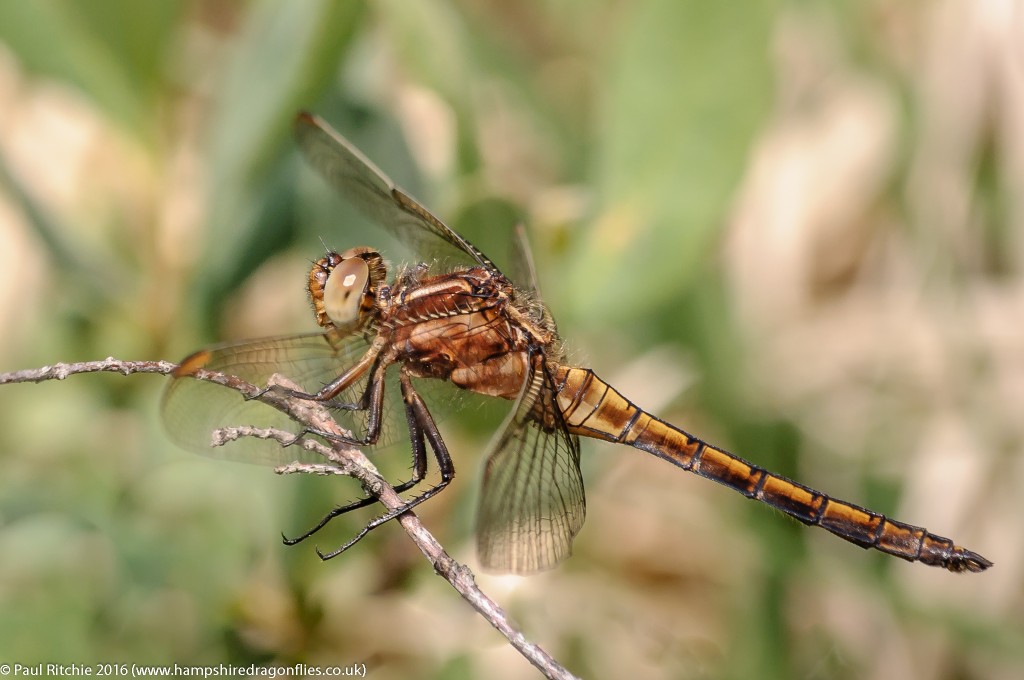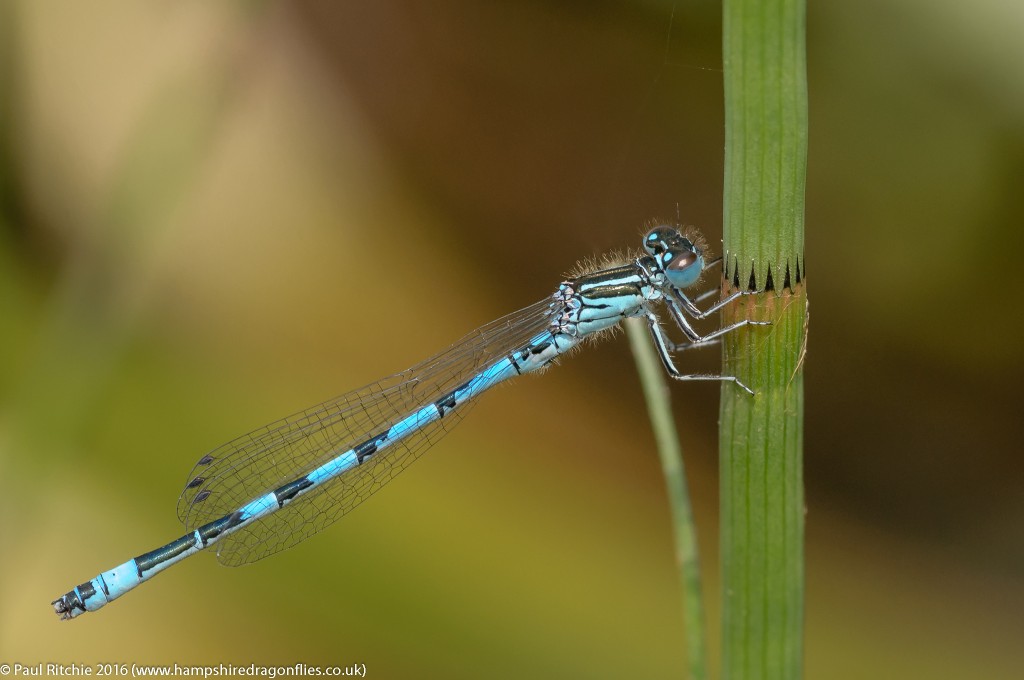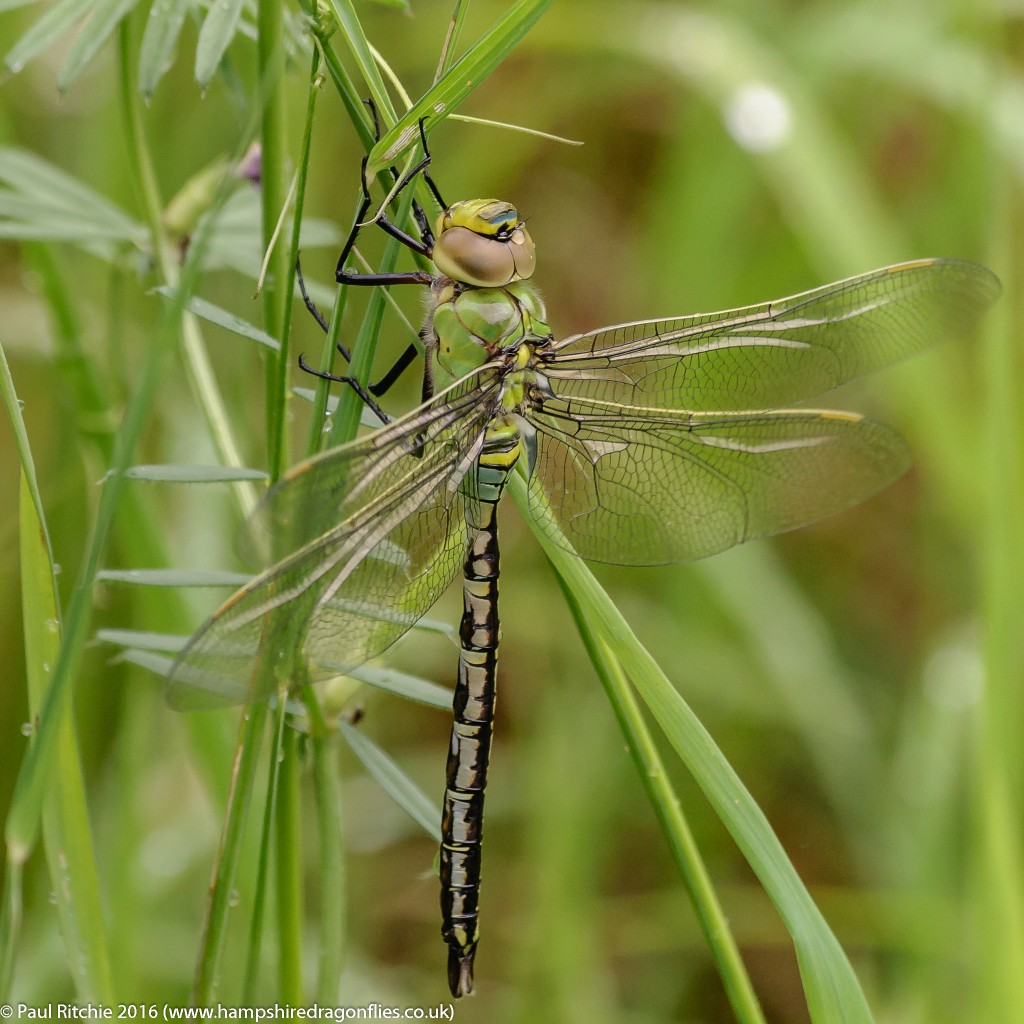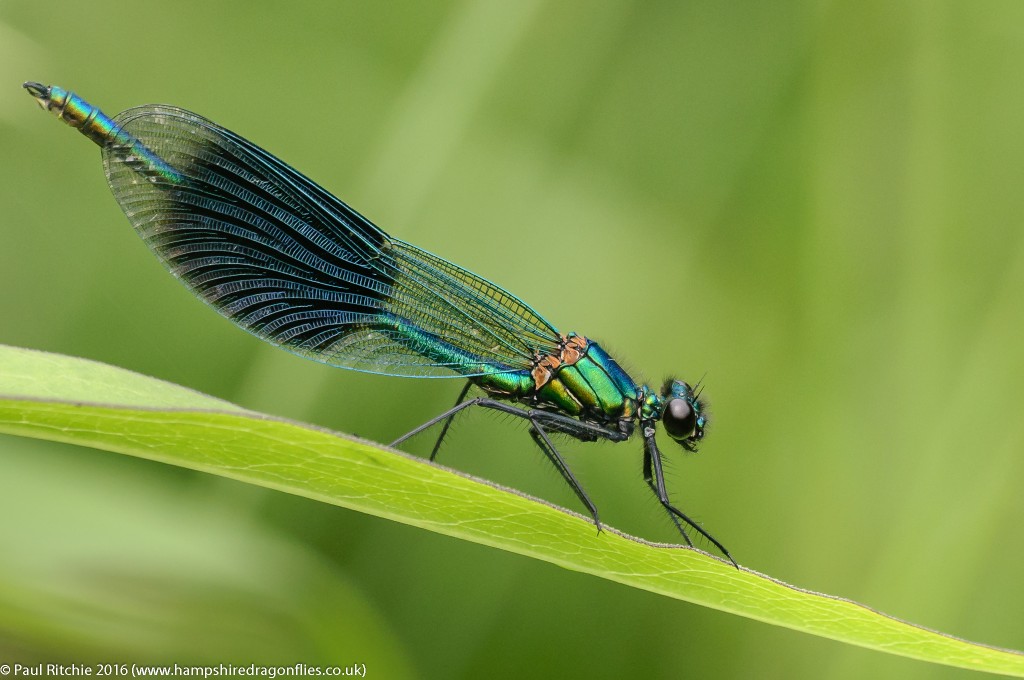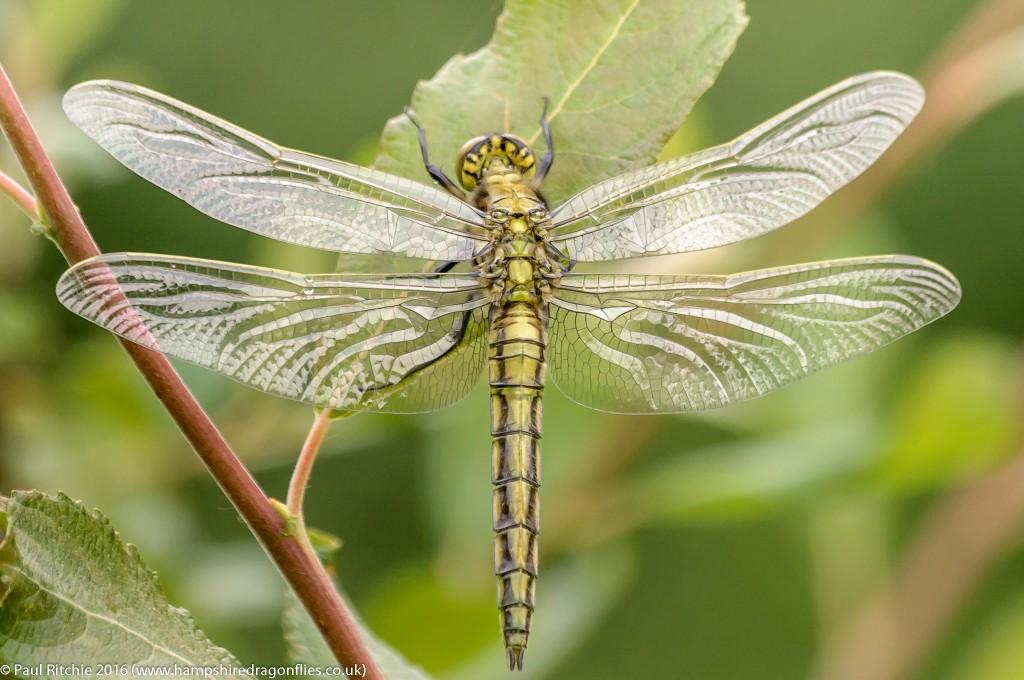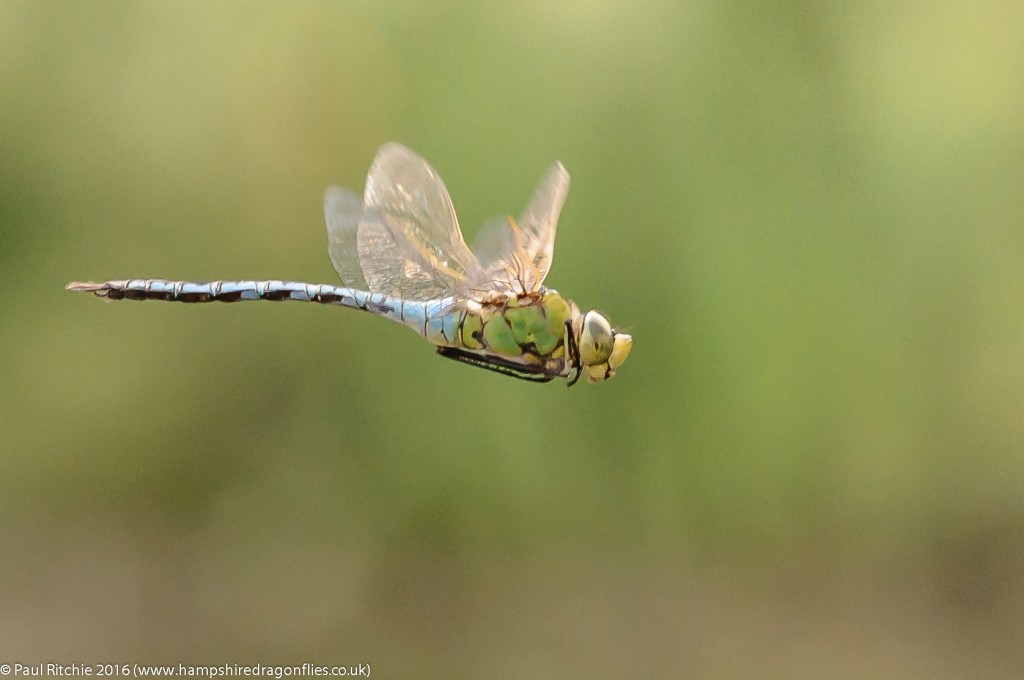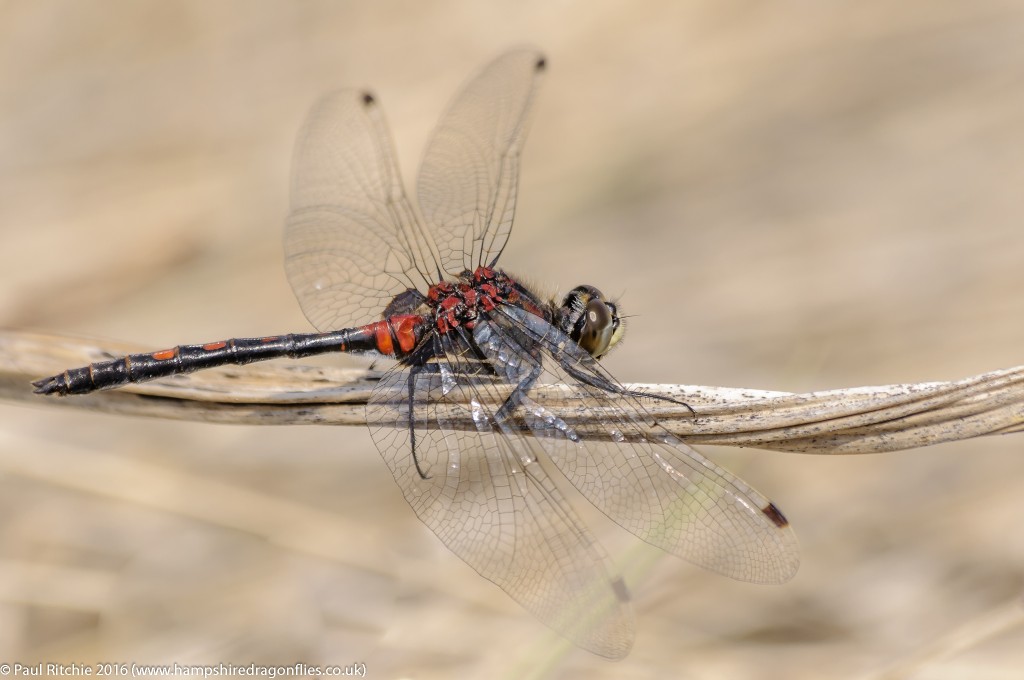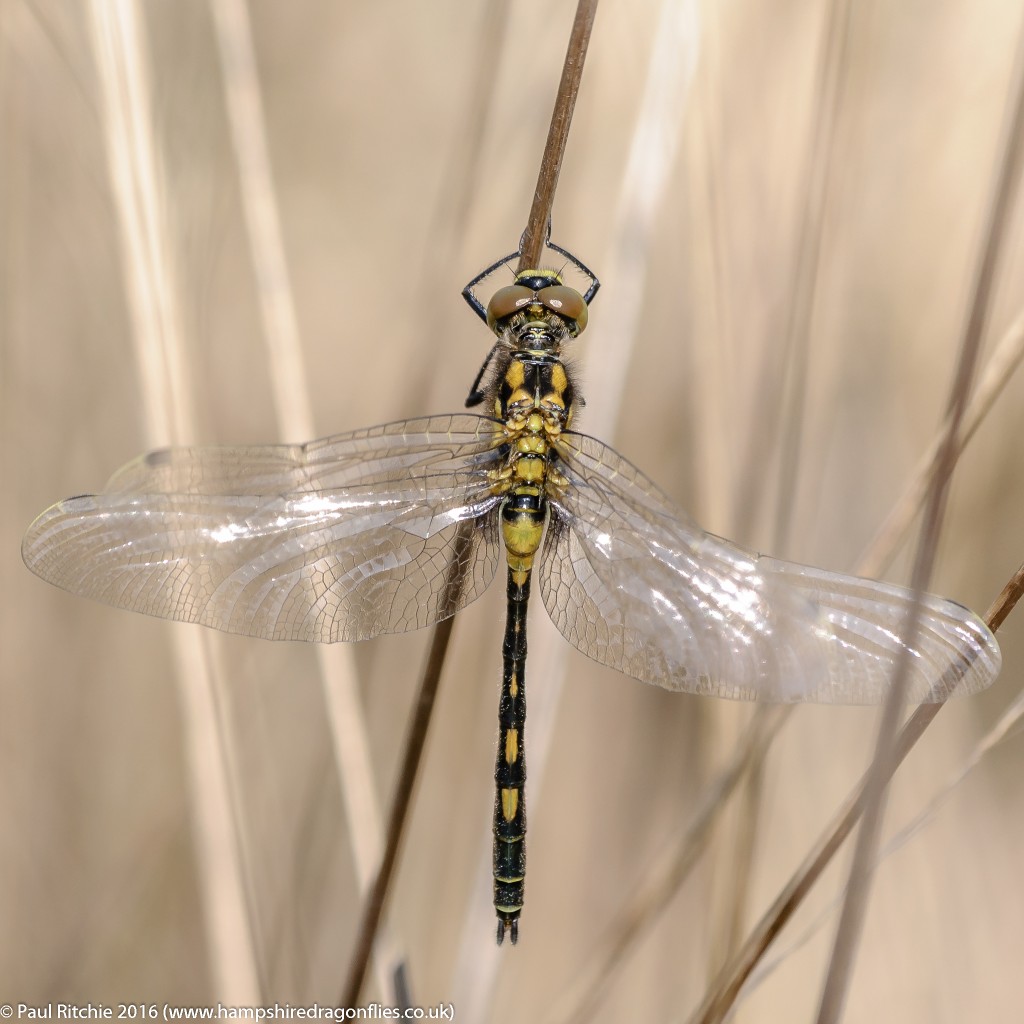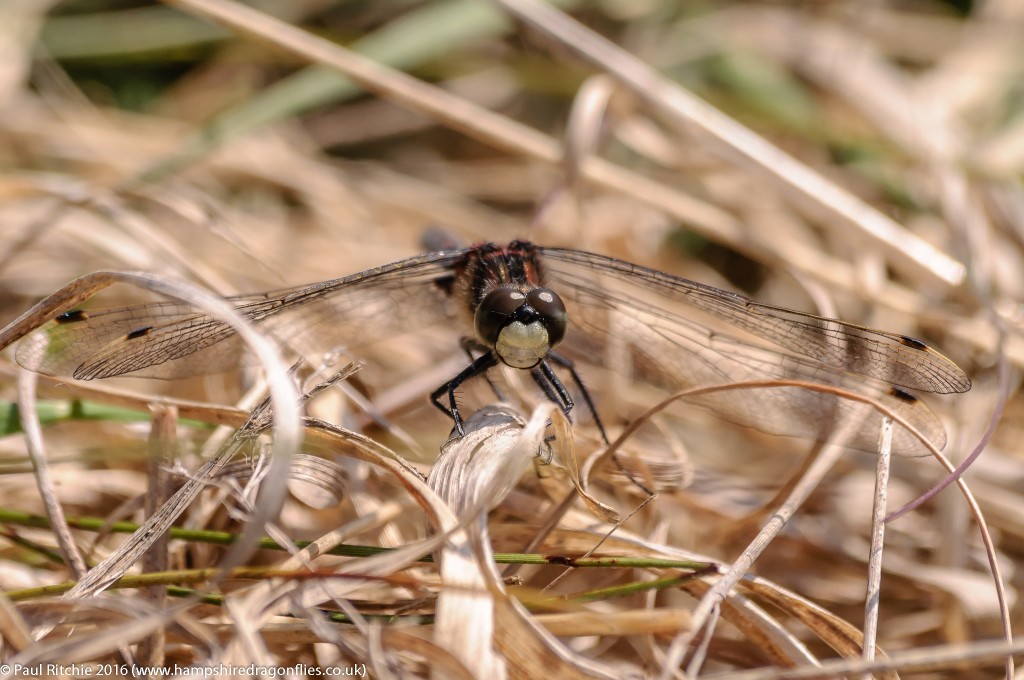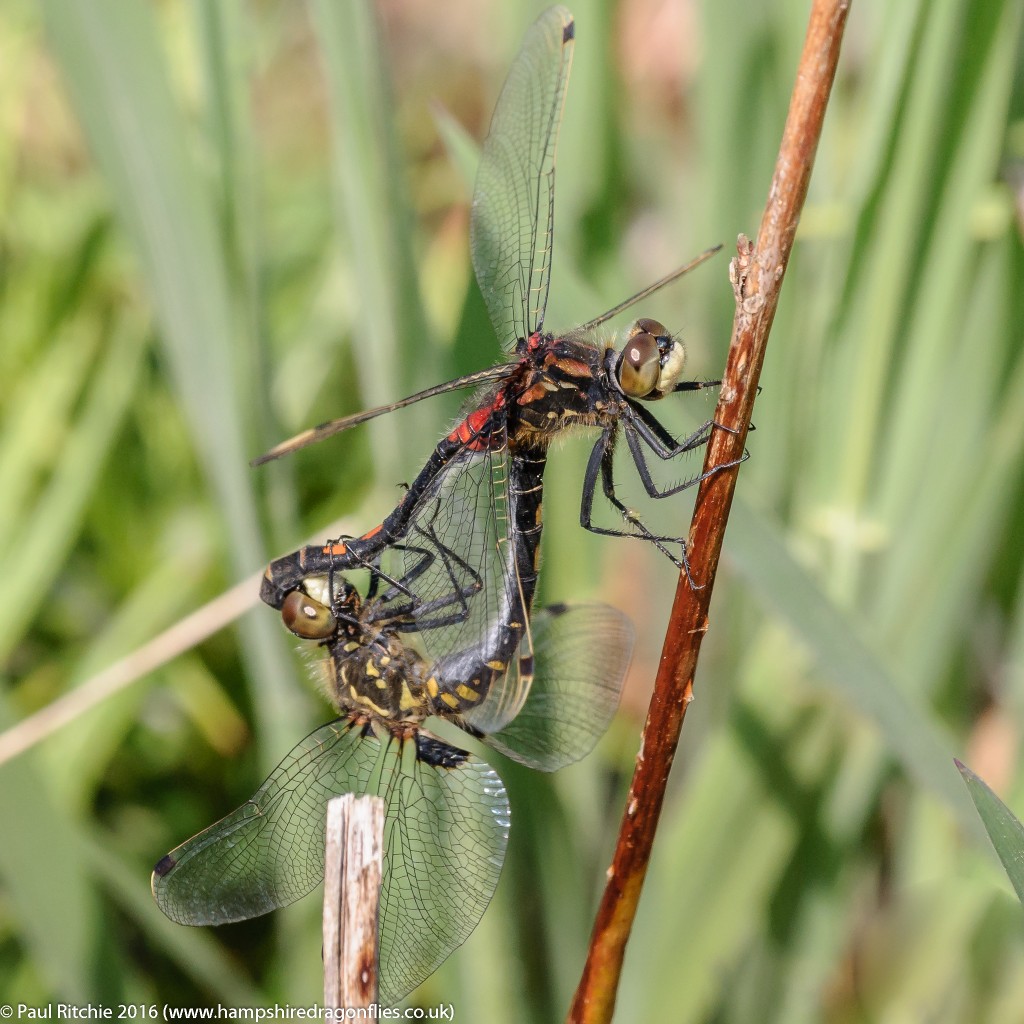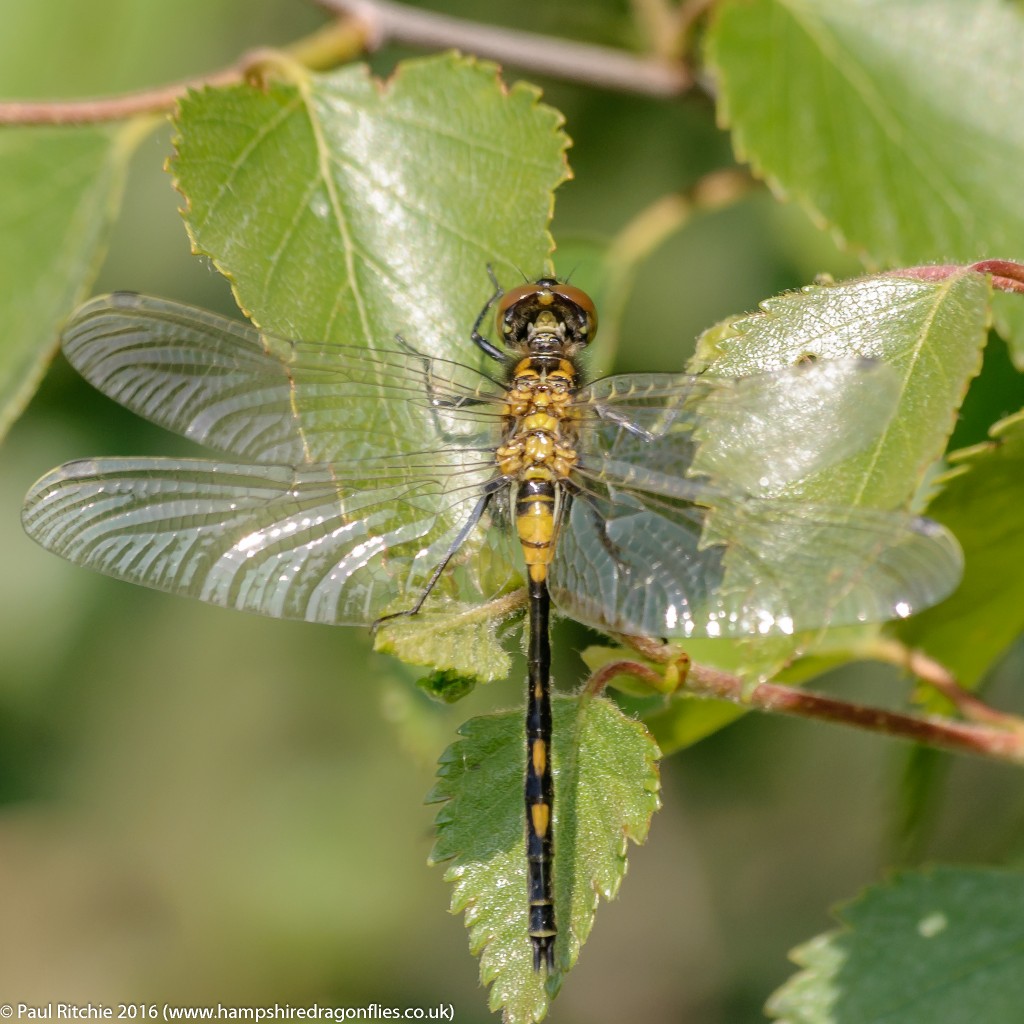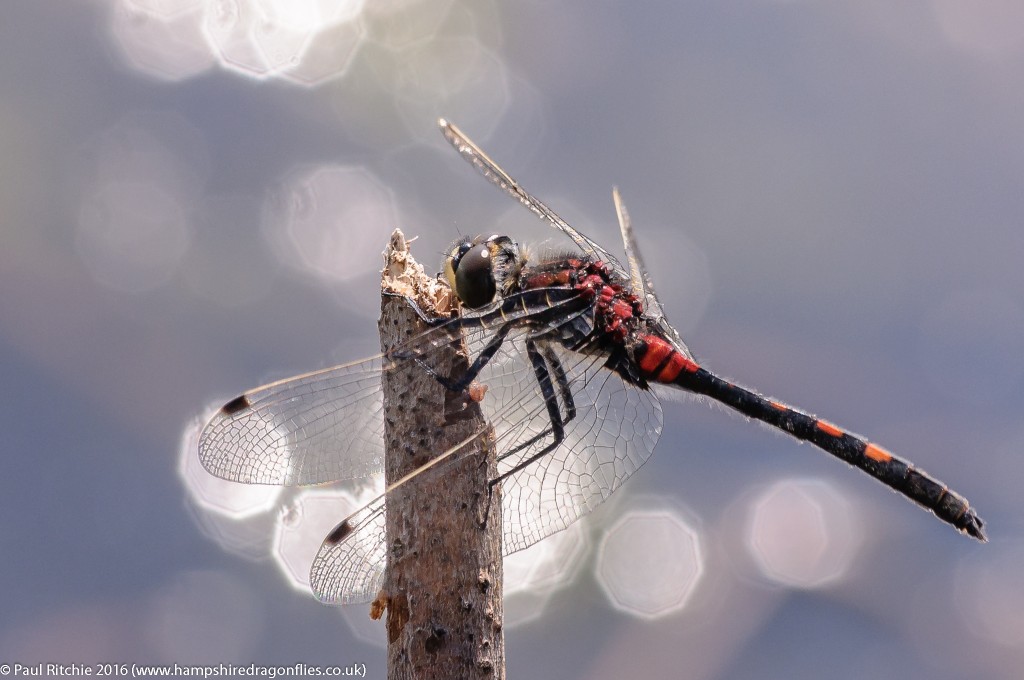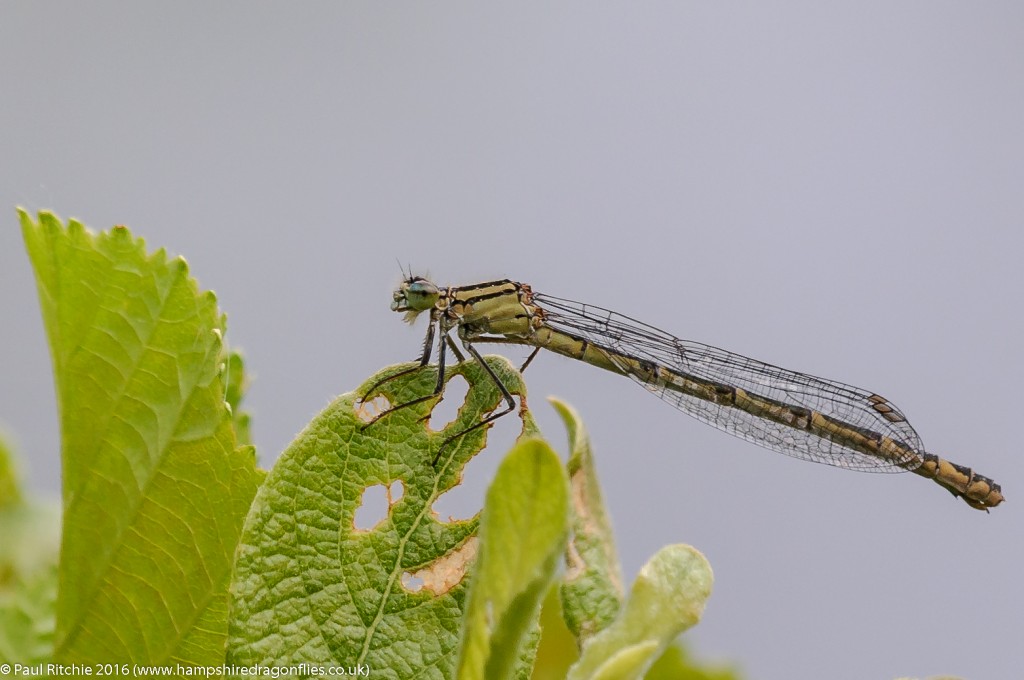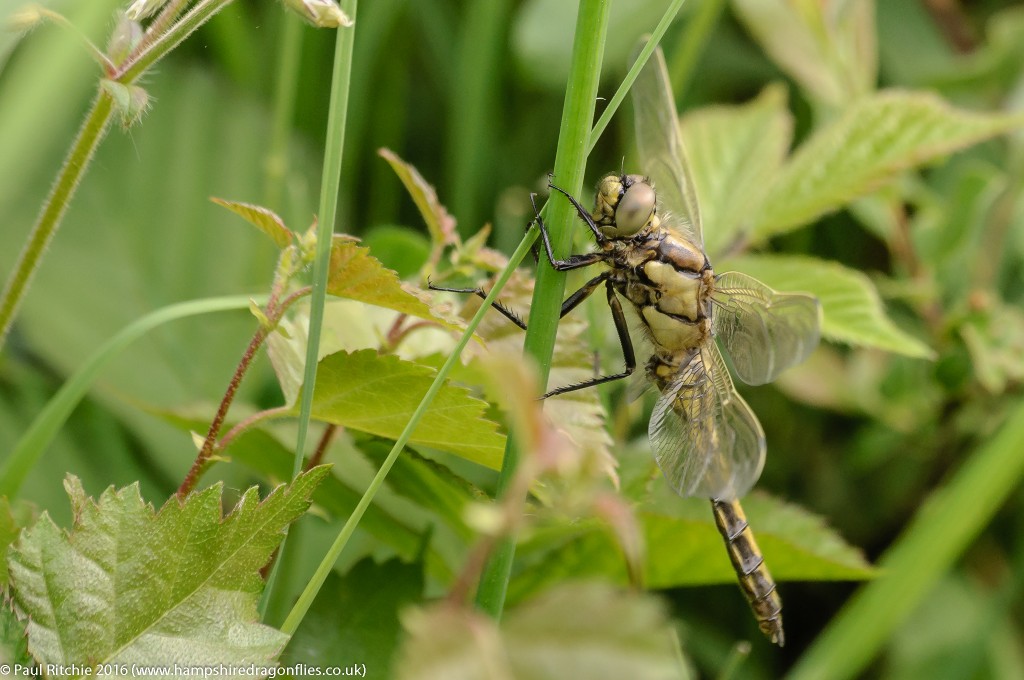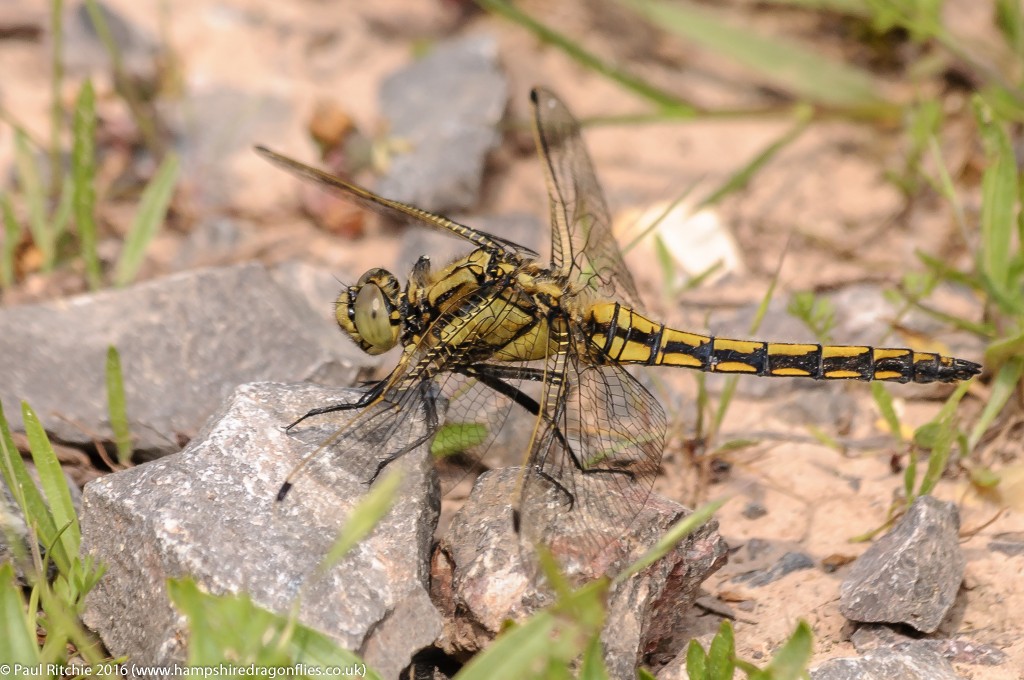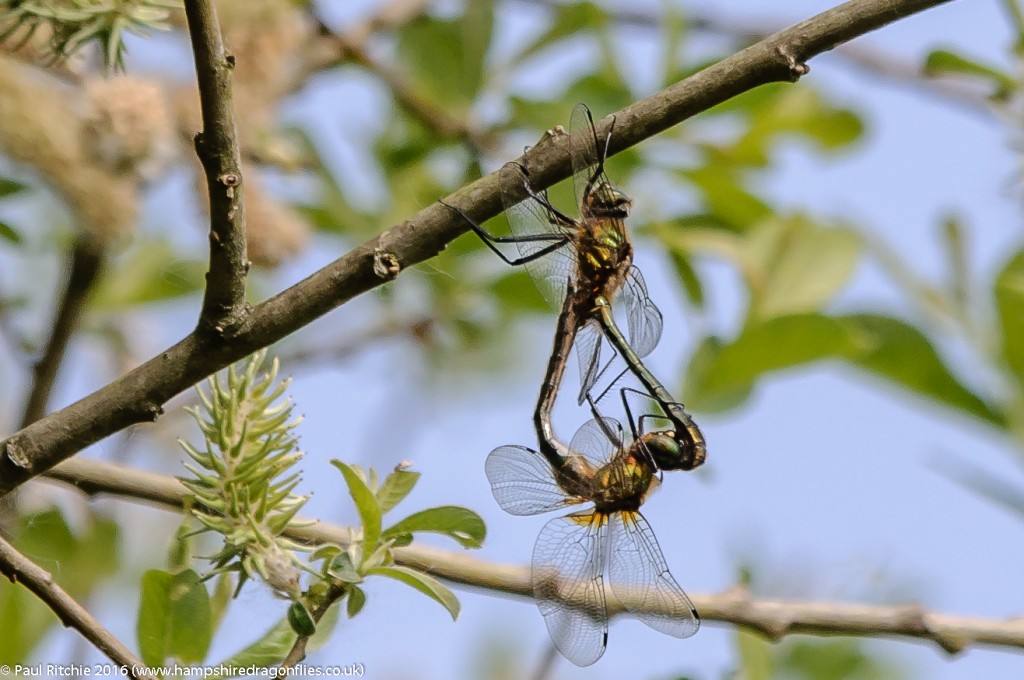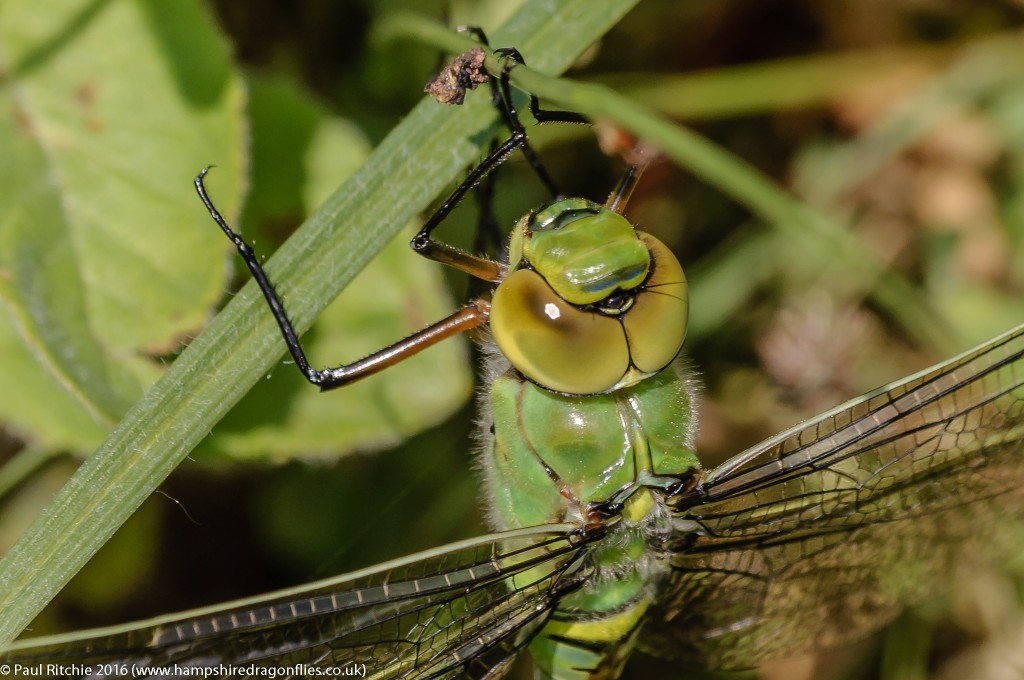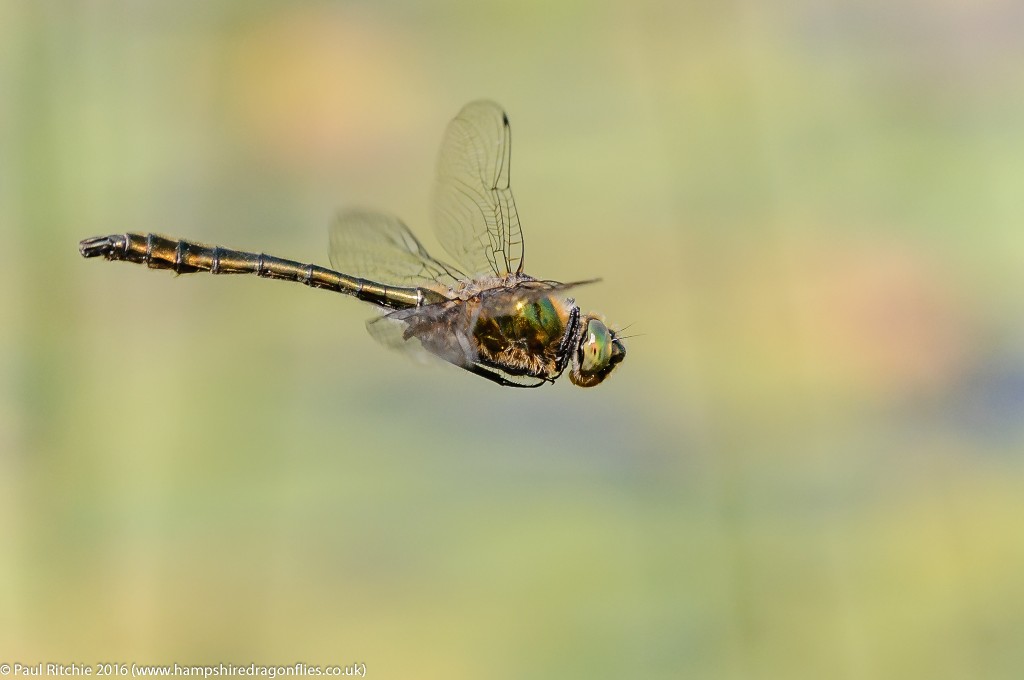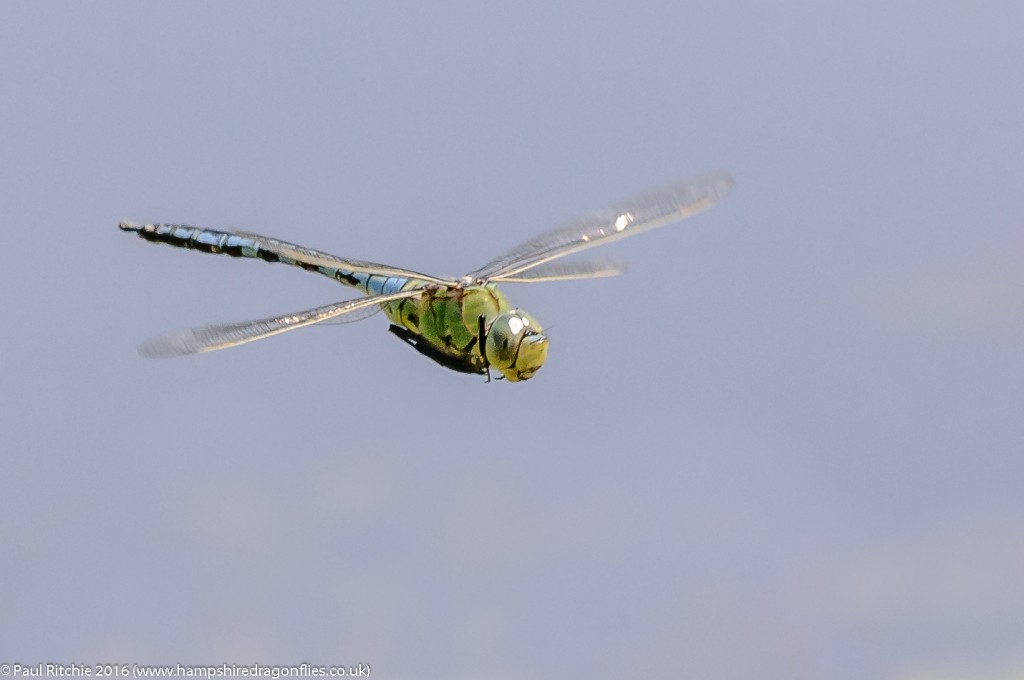There are several environments where I feel at home and lowland heath is one where I prefer to spend the height of summer. Long considered to be of poor agricultural use, this hasn’t stopped our lowland heaths from disappearing under the bulldozer to make way for housing.

The once-bountiful swards which straddled the Avon, Moors and Stour Valleys have mostly been consumed by the conglomerations of Poole and Bournemouth, with only the margins and a few lonely pockets remaining.

Thankfully the New Forest to the east and Studland to the west have escaped the onslaught and are for the most part protected, being a vital ecosystem for many of our heath-land invertebrates, reptiles and birds.
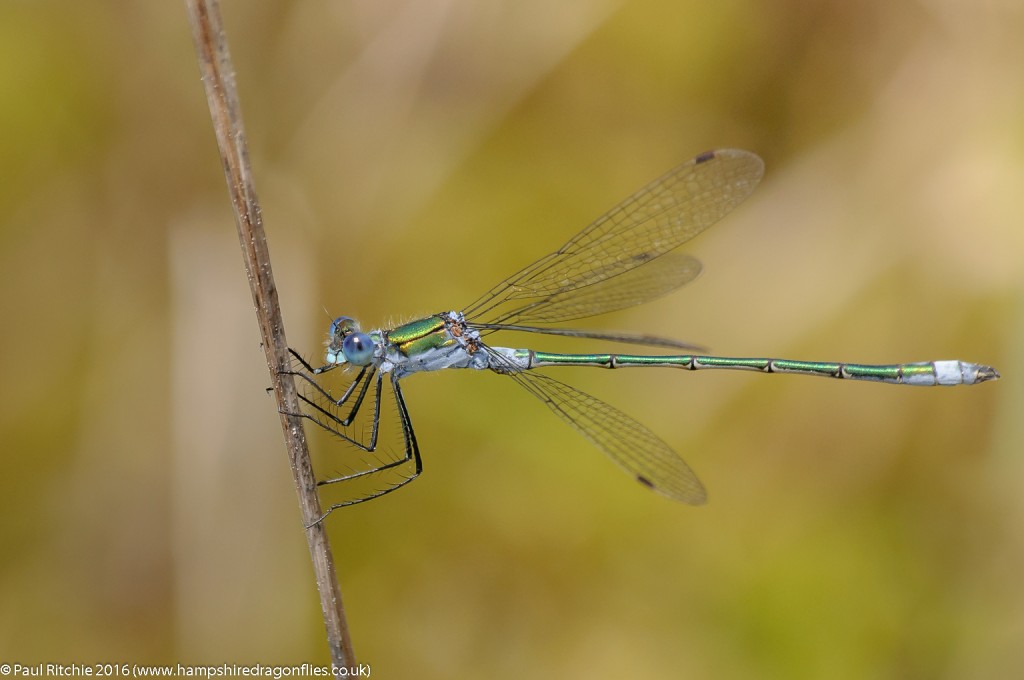
Town Common near Christchurch is a prime example and has been a real favourite of mine over the past few years; the myriad of ponds making this a mecca for dragonflies. Ironically the majority of these ponds are man-made with the help of those usually-destructive bulldozers.
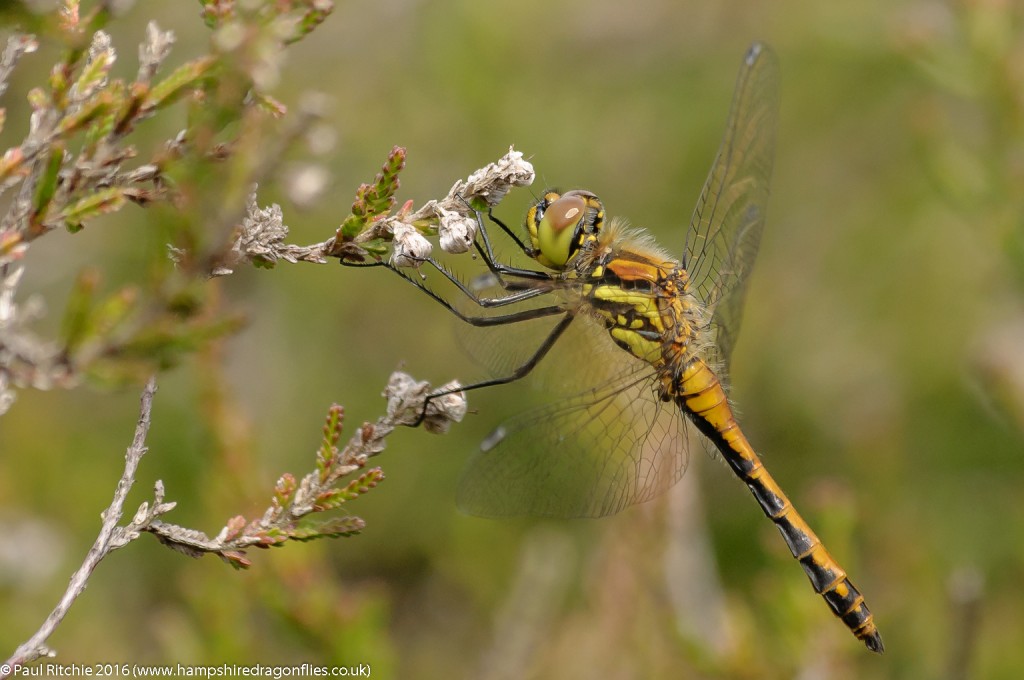
The management of Town Common and the adjacent Ramsdown Forest is undertaken by the Amphibian and Reptile Conservation Trust (ARC) for the benefit of our native reptile fauna, to which they provide a sterling service to our dragonfly fauna as odonata are a major menu item for the Sand and Common Lizard.
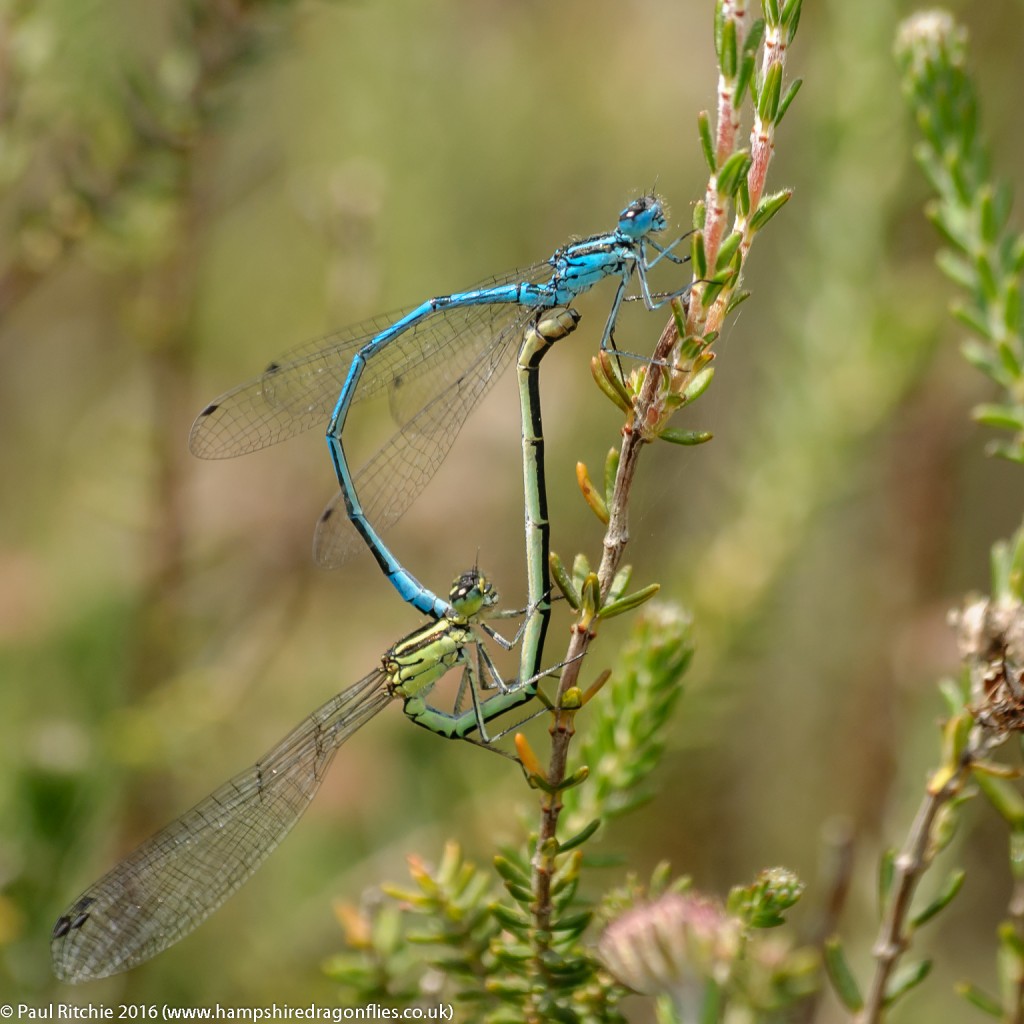
A perfect example of sympathetic conservation working to preserve a mutually beneficial environment. On a sunny day the ponds are alive with odonata, including our summer heath-land triumvirate of Black Darter, Common Emerald and Small Red along with the more common Azure, Common Blue, Chasers, Darters, Skimmers and Emperors.
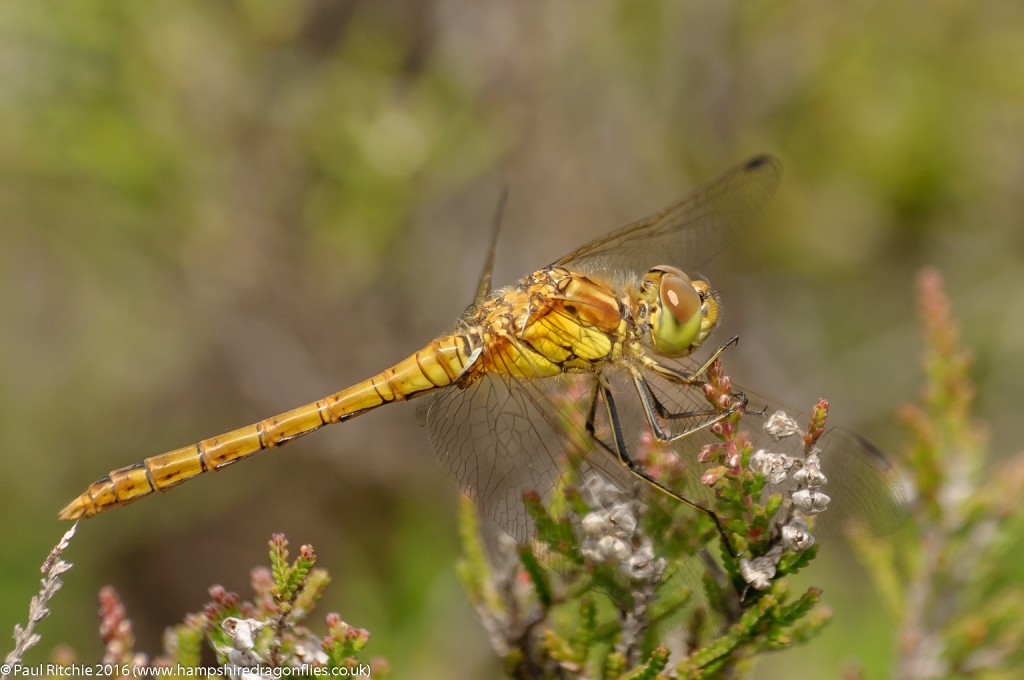
It is also one of the environments where you can find the locally-rare Moorland (Common) Hawker while the surrounding heath provide refuge for the Scarce Chaser, Golden-ringed and Brown Hawker which breed along the adjacent rivers.

It is truly one of my great favourites, not least for the relative isolation, associated quietness and the ability to get lost enjoying uninterrupted solitude indulging in the fauna.
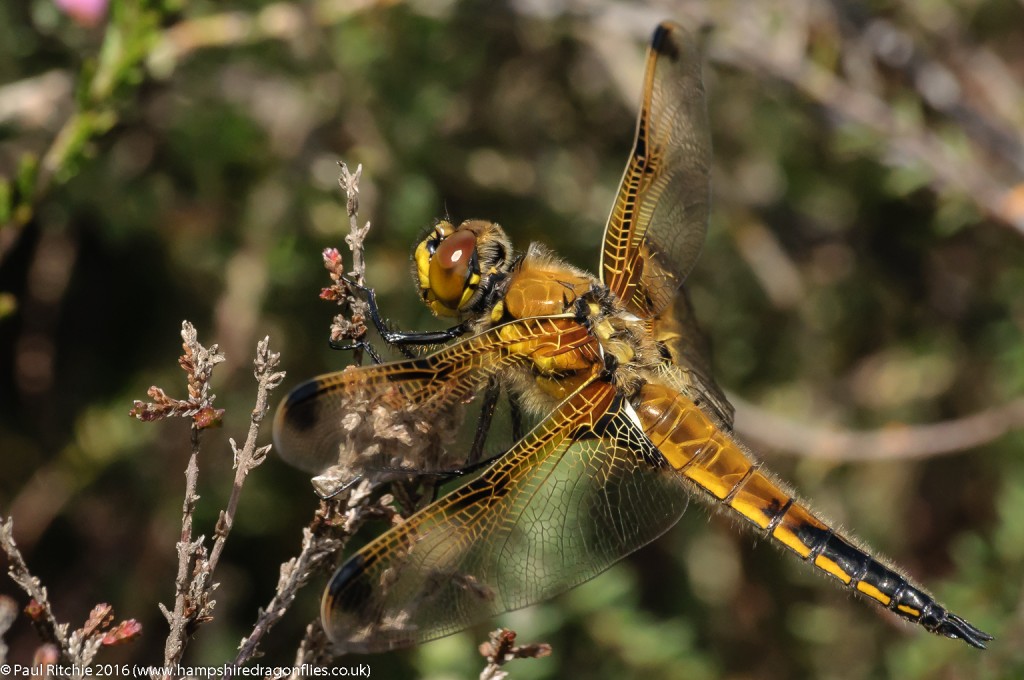
So here’s to Town Common and Ramsdown for providing an optimum environment for our heath-land dragonflies. Other conservation organisations can learn a lot from their sympathetic management.



